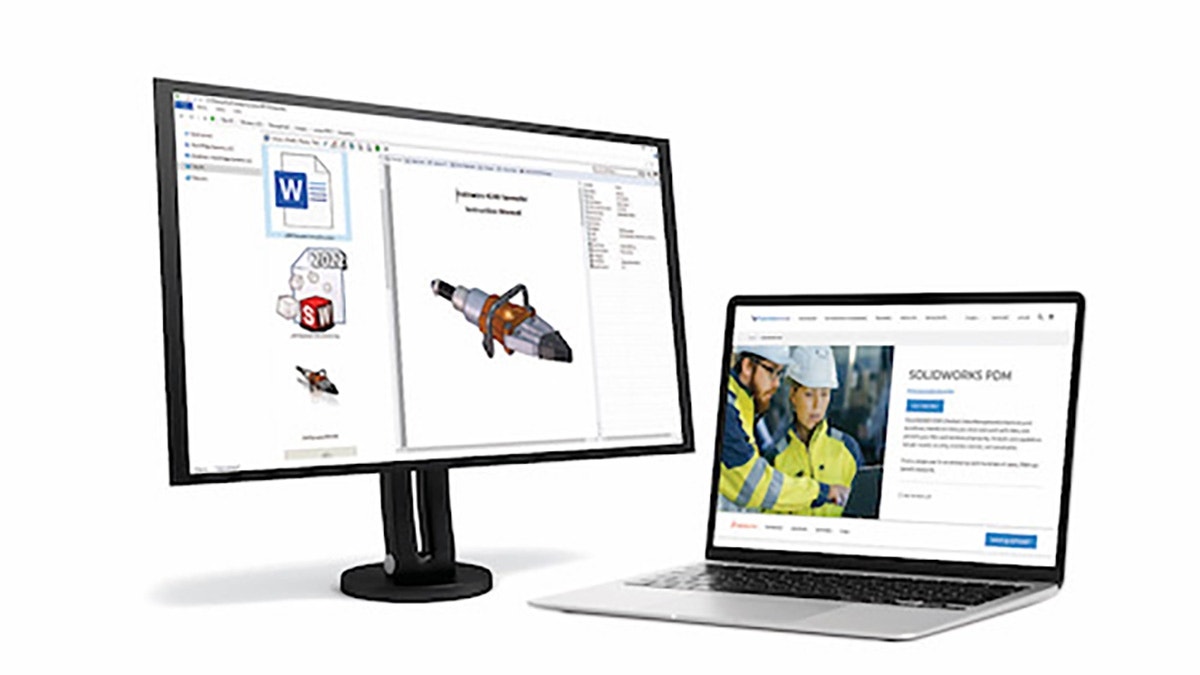SOLIDWORKS FEA
Not a week goes by that I don’t get some sort of list sent to me from a CAD journal, website or spam email that promises to tell me“Ten great ways to improve your productivity”, “Five reasons why design projects go over budget” or “The top ten ways to procrastinate on the internet” (and I could totally author that last one).
Inevitably these lists are compromised of a bunch of stuff that is painfully obvious, even to the casual observer, a couple of points that are too vague to be of any use, and something that is blatantly wrong, but occasionally there can be a nugget or two of genius in there, which is what happened when I was sent a link to an adaptation of a NAFEMS article – “25 Things Managers Should Know about SOLIDWORKS FEA”
SOLIDWORKS FEA is a topic that’s dear to my heart – I’m pretty sure most Engineering Managers I’ve worked for think that analysis is a black box that they can throw a project at and it spits out an answer in minutes – so there were a couple of points that struck me as being particularly relevant.
“2. Analysis by FEA after CAD, is not design, it’s autopsy (or design fault-finding).
This is an important point: FEA is often used too late to be effective and just flags problems rather than solving them, but customers—internal or external—sometimes have to have their needs met, even though it may diminish the efficacy of the design process.”
“5. Dimensional reduction and feature removal of 3D models is hard and expensive, and probably shows your design process is not very sensible. Instant detail not only costs, but it almost always kills analysis projects before they get going.”
“8. The solution is approximate. Correlation with physical tests is very useful, if not imperative. Remember that test measurements are approximate too.”
Following this, I was inspired to write my own list: through technical support, training, and interacting with Hawk Ridge Systems customers, I see a lot of customer models, and see a lot of customers (and Hawk Ridge engineers too, including myself) making the same mistakes, so I hereby present my “Three Golden Rules for Analysis in SolidWorks Simulation”.
1. Start simple. Then make it simpler again.
Hopefully, you’re doing some analysis right throughout your design process, proving the validity of your design as you build up your model, but if you are in a situation where you need to analyze a fully featured production model, start hacking it apart by suppressing components. Simplify your model down to the bare bones. Then stop, look at it, and simplify it some more. Typically I’ll try to get even the most complex model down to a handful of components that describe the path between the load application and the restraint points. I’ll then set up and run a preliminary model on this. This helps you out in a plethora of ways.
a) If something goes wrong, like a missing contact, unrealistic deformation or solver error, you only need to look at a few parts to identify and correct it. I defy anyone to find a missing contact in 200-part analysis. It’s nigh on impossible.
b) It’ll solve in seconds (particularly if you use draft quality mesh) rather than hours. Analysis is all about making your mistakes quickly, cheaply, and early in the process. I’m yet to run a complex model where I nailed it first time, and by simplifying I can find and correct those errors very easily.
c) Once you’ve got a simple that looks like it’s reacting in the correct way, incrementally add components to the system, running the model after every few analyses and checking that it works. If it fails, you can isolate the reason for the issue to the last components you just added. If you add a component, and its presence doesn’t significantly affect the results, you’ve just validated that the new part can be suppressed
2. Before you do anything else, make sure it meshes
It’s almost a subset of the item above, but there is nothing more frustrating than spending hours applying loads, fixtures, contact and connectors to a model, then finding that it won’t mesh right away. To resolve the mesh issue (or to just improve the efficiency of your model), you might need to use an alternate representation of the model, like shell or beam mesh for thin or long components, you may have significant part interference in the model, or you might just have a bad imported model from another file type that isn’t going to mesh (invalid faces or edges in a solid part mean SolidWorks can’t mesh it – Tools>Check will help to find these).
3. Understand the assumptions inherent in the techniques you’re using.
Every analysis has assumptions built into it. This doesn’t just go for computer-based simulation – every calculation you did at engineering has a set of assumptions built into as well. If you don’t respect these assumptions, your answer will be wrong, regardless of the tool you’re using. Some common things that people overlook:
a) Linear analysis assumes that the stiffness of the part can be represented by a single value – the elastic modulus (slope of the stress/strain curve), and that this value applies from zero to infinity. So that means that all those stress values it is reporting above the yield stress are garbage. And if you’re using it to analyze a rubber material, be aware that you’re making a huge approximation about how that material is behaving
b) A fixed restraint is just that – completely fixed. So if you’ve fixed a face, and then told it to expand because you’ve added a thermal expansion, it can’t. So you’ll see stress that approaches infinity. Either ignore those stresses, or adjust your restraint.
c) Beam formulation applies only to situations where the length of the beam is much longer than the depth and width of the beam. While we’re at it, the same assumption applies to Euler beam theory that you probably learnt in freshman mechanics. So if you’ve got a short beam, you can either get out a pen and paper and three or four hours of your life and attack Timoshenko’s theory for short beams, or instead mesh and analyze it as a solid.
I’d be interested in hearing any other comments that you might have on this – what would you put on your “golden rules” list?



